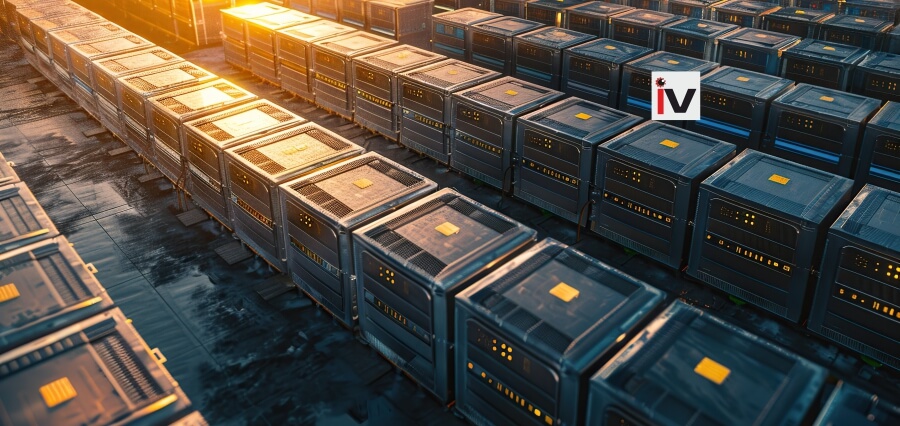The Future of Energy
Until very recently, an energy landscape was being created due to multiple factors such as climate change, technological changes, geopolitical changes, and much more; this was a lot in favor of the traditional energy paradigm that fast shifts into change. Today, the fossil fuels phase, which is still very much relevant, is now assisted in a transition to a more diversified and sustainable energy future.
Many key players in this transition would include incumbent energy companies and new entrants that vary greatly in philosophy from one another with respect to how they achieve their goals of innovation into the energy arena:
- They invest in renewable energy:
- Solar Power: First solar and Sun Power are among the leaders of solar technology, creating highly efficient solar panels plus new solar energy inventions.
- Wind Power: Vestas and Siemens Gamesa are leading the pack in the ramping-up of wind energy with larger, highly efficient wind turbines also maximizing power production at wind farms.
- Hydropower: Hydro-Québec and Statkraft are increasing their hydropower generation while also innovating new hydropower technologies such as pumped hydro storage.
- Geothermal Energy: Ormat Technologies is considering geothermal energy-another clean and reliable source of renewable energy.
- Invest In Emerging Technologies:
- Hydrogen: Companies such as Nel Hydrogen and Plug Power are heavily investing in hydrogen technologies, covering hydrogen production, storage, and fuel cell technology.
- Energy Storage: Companies such as Tesla and LG Chem are developing advanced energy-storing technologies, kinetics of lithium-ion battery architecture to allow flexibility in the grid and improved integration of renewable energy sources.
- Carbon capture and storage (CCS): Companies like Shell and ExxonMobil are investing in CCS technologies to enable capture and storage of carbon emissions from industrial processes in an attempt to reduce the harmful effects of fossil fuel use.
- Driving Innovation For Energy Efficiency:
These companies are developing and deploying energy-efficient technologies across a broad range of sectors, such as buildings, transport, and industry: this covers anything from designing energy-efficient appliances to smart grids and building management systems.
- Organizations are Undergoing Digital Transformation:
Energy companies utilize digital technologies, including artificial intelligence, machine learning, and the Internet of Things, to optimize operations, improve efficiencies, and enhance customer experience. Such scenarios include predictive maintenance, smart grid management, and demand-side management programs.
- Partnerships and Collaborations:
Leading players set up strategic partnerships and collaboratives all along the energy value chain, including with technology companies, renewable energy developers, and grid operators. Such partnership and collaboration are very important to fast-track the energy transition and address the challenges associated with integration of renewable energy within the grid.
Key Challenges and Opportunities:
- Renewable Energy Intermittence-One of the greatest challenges to deal with, renewable energy will find itself struggling with the intermittent nature of the different types of sources, respectively wind and solar electrons.
- Grid Integration-Integrating renewable energy into the grid would make considerable investments into grid strengthening infrastructure, also with the transmission and distribution systems upgrading and developing of new advanced technologies and management of the grid.
- Policy and regulation-Policy and regulatory framework must be clear and supportive to accelerate the energy transition. The policies must also have provisions to incentivize the rate of development hence encouraging energy efficiency and developing technologies.
- Geopolitical Changes-Various geopolitical drivers such as trade relations and international instability have implications on energy markets and the global energy transition.
The energy future looks promising given the vast opportunities it offers despite the challenges. Demand for energy continues to grow globally due to economic and population expansion. This creates a golden opportunity in the hands of companies that can develop and deploy innovative and sustainable energy solutions.
Innovations as a defining factor in the future energy arena:
Innovation remains pivotal in determining the future energy path. Some areas include
- Developing new and improved renewable energy technologies; continued R&D in solar, wind, and geothermal energy will be critical in improving efficiency and reducing costs to enhance the competitiveness of renewable energy sources with fossil fuels.
- Developing advanced energy storage technologies; to curtail intermittency of renewable energy sources and stabilize the grid.
- Smart grids and advanced grid management technologies; This would efficiently integrate renewable energy sources into the grid and optimize energy distribution.
- Developing and building carbon capture and storage mechanisms; At the central intersection in mitigating the impact of fossil fuel use and achieving net-zero emissions.
In Effect:
The energy landscape is under a spate of changes geared by climate change and technology, not forgetting changing consumer demands.
Considering the leaders in the energy space, the transition shall rather be all too active in embracing renewable energy, supporting innovation, and nurturing sustainable business models. While the challenges are staggering, the energy future beckons upon an opportunity for innovation and sustainable growth. By forging towards these opportunities while tackling the challenges, the goal of a secure, sustainable energy future is something to hold upon.

